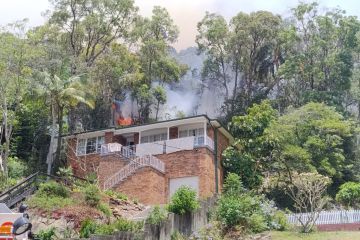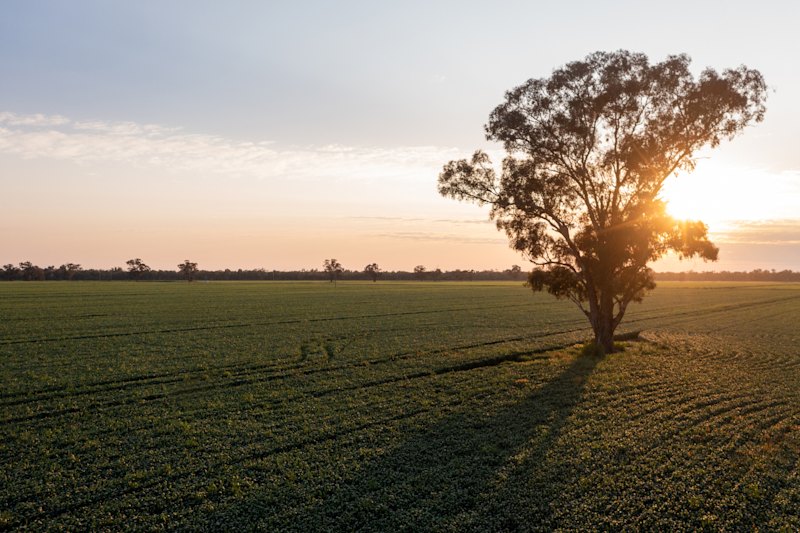Dual occupancy demand for Mr Fluffy blocks
The sale of remediated Mr Fluffy blocks has shone a light on Canberra’s appetite for dual occupancy builds.
Just 88 of the remediated blocks have sold so far, however Independent Property Group project marketing director Wayne Harriden said he had fielded several inquiries from residents seeking a dual-occupancy home.
“What has surprised me is I get a number of callers who are not in a position to buy a block, but are in the position to buy a dual occupancy,” Mr Harriden said.
“They’re not interested in building the house themselves, but they’re downsizing and want to stay in the suburb they’ve been living in.”
As a result, Mr Harriden has a database of downsizers who are hoping to purchase a dual occupancy once the build has been completed.
Since 2013, just 99 dual-occupancy development applications have been lodged with ACTPLA.
There were 18 applications in 2013, 19 in 2014 and 31 in 2015.
There have been 31 applications so far this year, five of those were for former Mr Fluffy blocks in Campbell, Pearce, Chapman and Hughes.
However, Mr Harriden said there would be more on the way as several buyers in Holt, Macgregor, Hawker and Flynn had plans to build two properties on the blocks they had purchased.
Several buyers had bought a block with their parents, siblings or friends.
“It’s a good buy,” Mr Harriden says.
”They can get a new house in an established area and halve the land cost.”
The sale price of the razed blocks has compared favourably with this year’s land sales in greenfield sites, which have averaged more than $1000 per square metre in Gungahlin and Molonglo Valley.
The median size of the remediated blocks was 878 square metres and $591,000 was the average price paid.
Prices ranged from $330,000 for a 693-square-metre block in Kambah to $1.31 million for a 2492-square-metre block in Hawker.
Of the 69 blocks sold so far, 62 have been larger than 700 square metres.
However, according to Housing Industry of Australia ACT executive director Greg Weller, a block’s size was not the only factor in determining its suitability for dual occupancies.
The block’s shape, street frontage and position on the street would also dictate whether a block was suitable for two homes.
While not all large blocks would be suitable for dual occupancies, Mr Weller said it was an option that should be considered for other suburban blocks, not just Mr Fluffy sites.
“Dual occupancies bring more people into older suburbs and can also be an effective tool for people to downsize, so it ticks a lot of boxes,” Mr Weller said.
Increasing density around town centres would also help tackle housing affordability.
“No one is saying that we should radically change older suburbs and cut every block in half, but it’s worth having a conversation about where the blocks are, if the blocks are suitable and how we can better use some of the land while retaining Canberra’s character,” Mr Weller said.
Mr Harriden said there was a misconception in Canberra about dual occupancies.
He said some members of the public had been concerned about large townhouse or multi-unit developments, however a maximum of two homes are permitted on each block.
“I’ve had to explain the overlay and why a dual occupancy is permitted on a block over 700 square metres,” Mr Harriden said.
“Once I’ve explained it, no one has come back unhappy.”
We recommend
We thought you might like
States
Capital Cities
Capital Cities - Rentals
Popular Areas
Allhomes
More
- © 2025, CoStar Group Inc.







